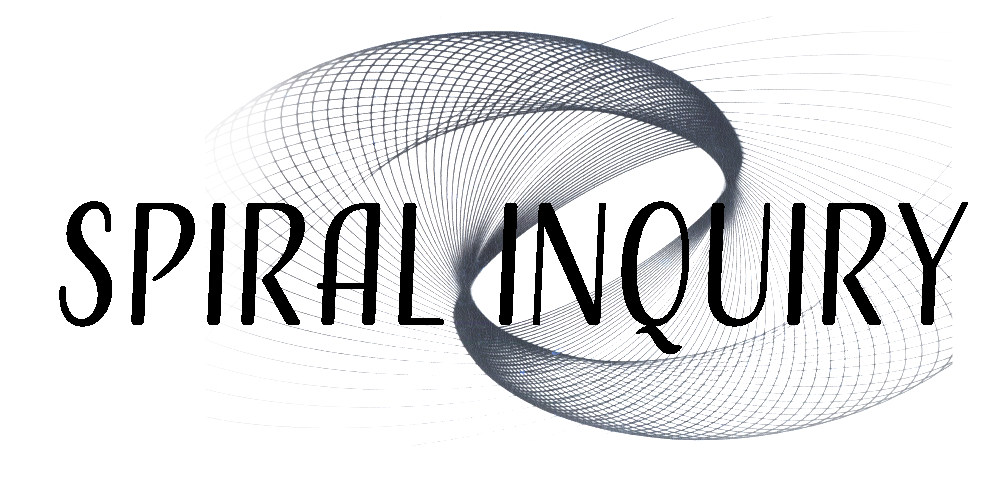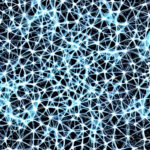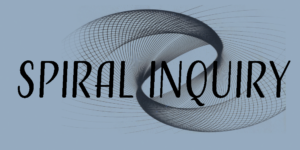I’ve been thinking a lot about the distant future. It is scary, and exhilarating, to wonder how my choices, when added to all of our collective choices, might shape that future. Thankfully, I am optimistic by nature, and I have a strong conviction that life, and the universe, are evolving in beneficial ways towards individual and collective thriving. That’s the good news. The bad news – these evolutionary processes are messy, things can go wrong, and they seem to require conflict, and pain. Thriving does not come easily.
Towards a Brighter Future
The distant future has always been a key focus of speculative fiction, a genre that fascinated me when I was younger. But it is also a focus for some interesting organizations that I’ve been involved with. The Long Now Foundation likes to focus on a ten thousand year time frame. It is building a 300′ tall clock designed to last that long. Our local Long Now Boston group hosts monthly conversations looking at the long term implications of innovations in science, art, technology and culture. There is also a brand new organization, 2269.co. In 2019, they began planning a global celebration to be held on June 6, 2269. They are now selling tickets designed to last that long, in the form of high quality posters printed on archival paper. Anyone buying a ticket today will not be able to attend the party —- but one of their ancestors will.
Planning a party 250 years in the future, or building a 10,000 year clock, may seem frivolous to some. But the point is to inspire reflection about what the future will be like — and how to make it better. The effort to visualize the future is an important first step in identifying ways to improve it.
How the world works
I’ve made the case in some of my essays[1] that the universe is structured to be generative and to evolve towards greater diversity and increasing complexity. This generative foundation is also demonstrated in living systems, which endlessly replicate and adapt, expanding and diversifying in what could be called a drive to thrive.
This drive also manifests in the physiology and psychology of sentient beings. We humans are programmed to seek pleasure, yes, but also novelty and purpose. We are driven to procreate, to love and be loved, to learn and to teach, and to achieve meaningful goals. We are born to thrive.
As complex social creatures, we also create institutions – tribes, social clubs, businesses, religions and governments. We intend these institutions to thrive, and to help us thrive, and many of them do. The institutions that generate positive benefits for their human participants will be supported and will thrive (just like an ant colony that successfully nurtures the queen and its workers). Some businesses provide huge and lasting economic benefits, coincidentally creating fortunes for the business owners. Some institutions reinforce compassionate, loving behaviors and generate a sense of deep connections and shared purposes — a few have grown to be immensely popular, surviving across millennia. Some governments organize human affairs in dynamic and effective ways, growing to be empires.
The Dark Side
The picture painted above of an endlessly evolving process towards thriving, whether we are talking about physical, biological, psychological or social systems, seems quite encouraging. But there is a nasty truth inside this evolutionary process. At the lowest granular level, evolution and growth involves stress, conflict and disruption. Evolution and the emergence of positive end-states, does not magically flow — it flows out of turbulence. At the physical level, whirlpools or spiral galaxies emerge through the pushing and pulling of matter under pressure (or gravity) — the stresses experienced by the individual molecules is essential to the evolution of the coherent behavior that eventually results.
Similarly, a beautifully mature ecosystem is created through vigorous competition between living individual entities and among species – much of it violent and fatal. An ecosystem can also be thrown out of balance, for example by the outside intervention of humans disrupting a keystone species (e.g. wolves in Yellowstone) or altering nutrient loads (e.g. agricultural runoff) or changing the climate (e.g. profligate burning of fossil fuels). These disruptions bring periods of instability and rapid change that can be very destructive. If a new balanced set of relationships fails to emerge, the ecosystem does not thrive.
The same principle applies to living humans. How do we learn? Yes, we experiment, and through trial and error we learn how to create or achieve a desired end. But the most powerful teacher, particularly for the most important life lessons, is pain. A child may touch a hot stove once and learn an important but painful life lesson. The more difficult emotional lessons about how we treat other people, we learn through emotional pain – being hurt ourselves or hurting other people. Significantly, if we do not work through that pain and learn those lessons, we risk becoming stuck in anger and bitterness, loneliness, or addiction. We do not thrive.
At the institutional level, the same process is at work. If an institution becomes entrenched – supported by a past history of providing benefits, but no longer continuing to do so – it will suffer and eventually decay and die. All human institutions are subject to this limitation, as it is the continuing energy of the human participants that sustains it. Unfortunately, institutions, like people and ecosystems, can get stuck in a period of intense and continuing negative behaviors. A failing institution often results in terrible casualties – wars, purges, massacres, famine, domination and coercion. Failure can take a very long time to bring down a well-entrenched and powerful institution. But fail it will, sometimes after a very long period of pain and misery.
ADDENDUM: The COVID pandemic has also demonstrated that these considerations apply at the global level. The response to a global threat needs to be a coordinated global response. Entrenchment or retrenchment by parties in the global context creates risks of global failure and negative global consequences. The pandemic is testing our global vision and capabilities. In a post on the Fermi Paradox I speculated that surviving the many global challenges we face may be difficult – and may explain why there is no evidence of other civilizations in space.
Conclusion
My hope for this century is that we learn how to learn the lessons from ecology, human psychology and social dynamics and how to apply them. Perhaps, if we do, we can achieve more productive and positive outcomes with less pain and misery than we have in the past.
Can we improve the learning process through better communication, more self-reflection and broader collaboration?
Does the individual and social learning process really have to be so painful, or can we improve our educational processes to bypass some of the painfulness?
Do we need massive social disruption to bring down the entrenched institutions that are now failing us, or can we change these institutions by changing the incentives that guide them?
It may help to remember the universal global lessons offered by some of the wisest minds and hearts from our past. To paraphrase:
- We are all interconnected. Thriving is not a zero-sum process. Ultimately, we maximize our individual thriving when we all thrive.
- Empathy is fundamental. We thrive most when we help others thrive. Love and compassion are the well-spring for human thriving.
- Institutions are human creations. If they no longer serve collective human needs they need to be dismantled or left to wither and die. Delaying this process will only make it worse. The sooner the better.















